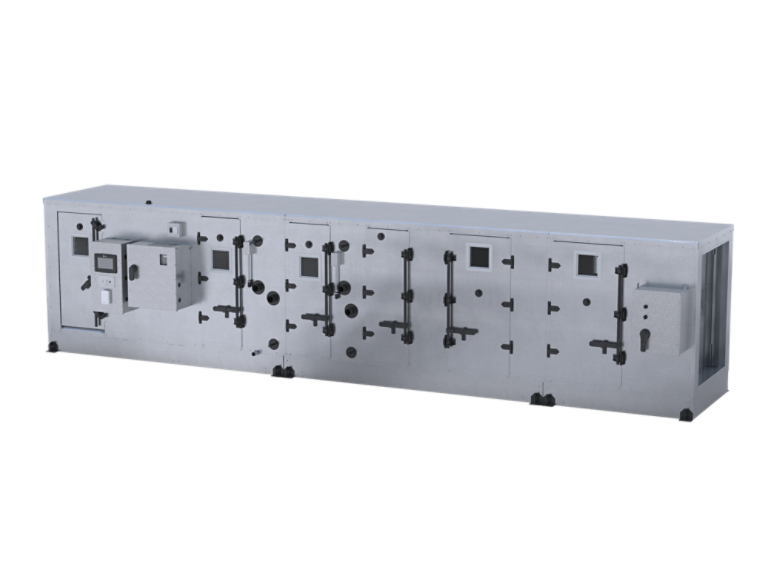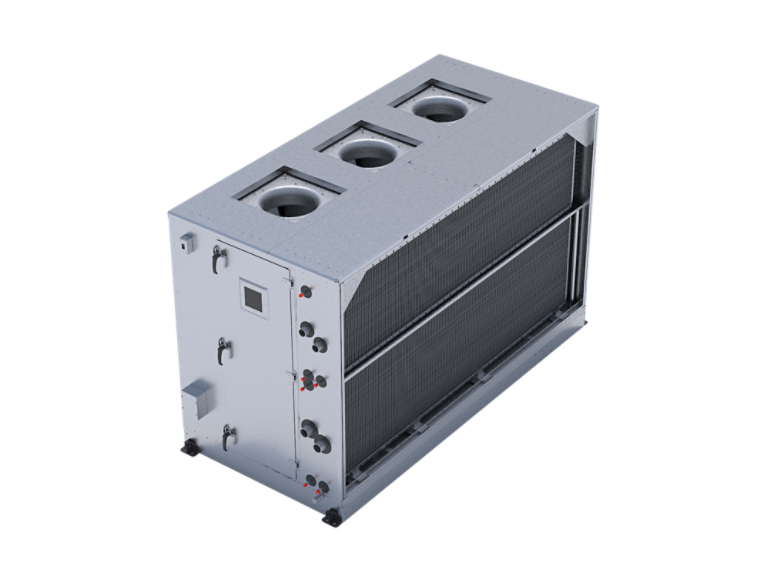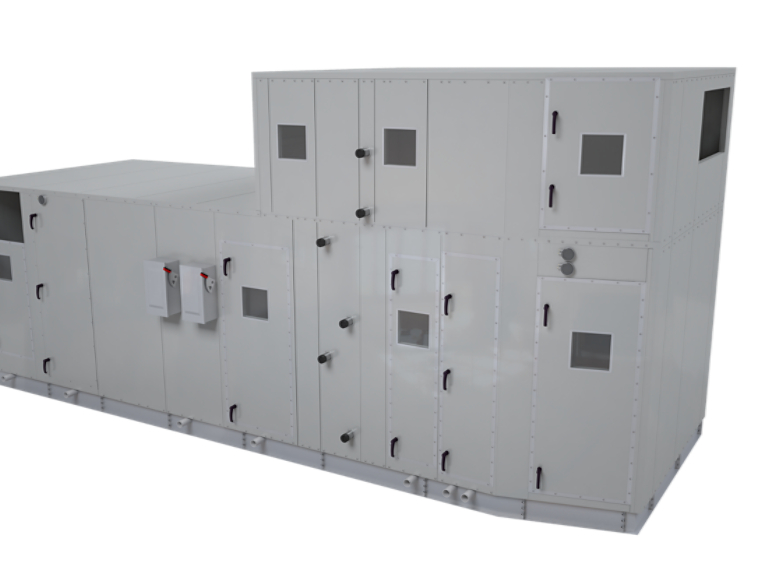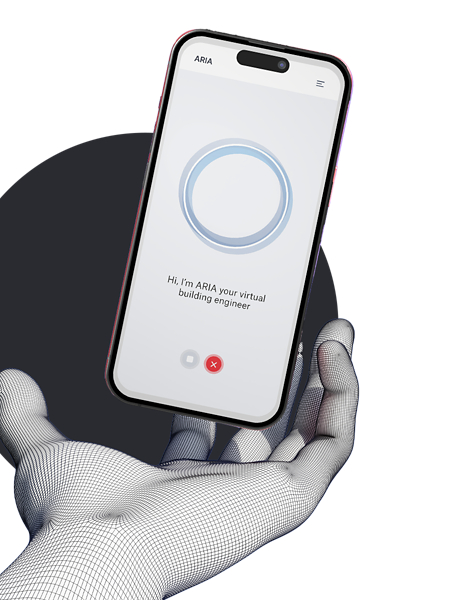- MERV 13 high-efficiency particulate filter
- Ultraviolet germicidal irradiation
- Mesh panel coated with titanium dioxide (TiO2)
Catalytic Air Cleaning System
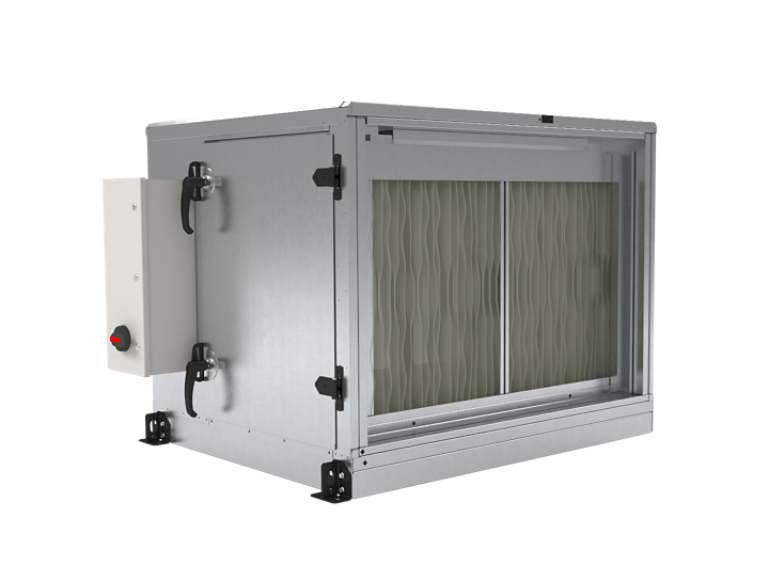
Overview
Neutralize and reduce organic contaminants in your air.
More than an air filter, Trane Catalytic Air Cleaning System blends three technologies: filtration, germ-killing ultraviolet light, and a photocatalytic oxidation (PCO) process.
-
High-Efficiency Filtration
Air entering TCACS passes first through a MERV 13 high-efficiency particulate filter, which captures many of the larger biological contaminants and small airborne particles such as mold spores and pollen.
-
UV Radiation Helps to Defend Against Micro-Organisms
In the ultraviolet germicidal irradiation (UVGI) area, viruses, odors, VOCs and micro-organisms are exposed to high-intensity ultraviolet light. This UV radiation penetrates micro-organisms such as fungi, bacteria and viruses and damages their DNA bonds.
-
Inactivates and Decomposes Organic Contaminants
Air also passes through a mesh panel coated with titanium dioxide (TiO2), creating hydroxyl radicals (one of the most powerful oxidizing agents in nature). The radicals oxidize organic compounds, such as VOCs. The radicals and UV light work together to inactivate and decompose organic contaminants.
Product Information
Product Literature
Brochure
FAQs
Your questions about catalytic cleaning systems, answered.
Trane Catalytic Air Cleaning System (TCACS) is far more than an air filter. It’s a one-of-a-kind blend of three technologies: filtration, germ-killing ultraviolet light, and a photocatalytic oxidation (PCO) process.
Outside air can contain contaminants. People bring germs into the building. And any new furnishings added to the building often introduce odor and volatile organic compounds (VOCs). Even though your HVAC system has filters, you may still be circulating germs, viruses, VOCs and other gases that are too small to be captured. Equipping your air handler with a Trane Catalytic Air Cleaning System (TCACS) can help reduce biological organisms such as spores, bacteria and even the tiniest viruses. It can also reduce irritating odors from organic compounds such as fumes from paint, glue and cleaning chemicals, and capture airborne particulates like dust and mold.
Air entering the Trane Catalytic Air Cleaning System (TCACS) passes first through a MERV 13 high-efficiency particulate filter, which captures many of the larger biological contaminants and small airborne particles such as mold spores and pollen. Viruses, odors, VOCs and micro-organisms pass through the filter and into the TCACS’ ultraviolet germicidal irradiation (UVGI) area, where they are exposed to a high-intensity ultraviolet light. This UV radiation penetrates micro-organisms such as fungi, bacteria and viruses and damages their DNA bonds.
As the air is being exposed to UVGI, it’s also passing through a mesh panel coated with titanium dioxide (TiO2). When subjected to ultraviolet photons, TiO2 creates hydroxyl radicals, one of the most powerful oxidizing agents in nature. As air passes through this ultraviolet-powered catalyst, the radicals oxidize gaseous organic compounds, such as odors and VOCs. The radicals and UV light work together to inactivate and decompose organic contaminants.
Looking for parts?
-
Our selection program guides users through the process of configuring Trane equipment to meet or exceed their project specifications.
-
Expert HVAC maintenance services help commercial and industrial buildings maximize reliability, improve energy efficiency, and reduce costs. Get preventative maintenance from certified technicians for optimal performance.

